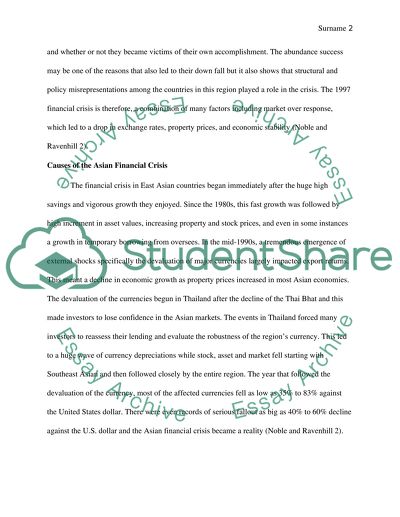Cite this document
(“Cause, effect and lessons learnt from the asian financial crises Research Paper”, n.d.)
Cause, effect and lessons learnt from the asian financial crises Research Paper. Retrieved from https://studentshare.org/macro-microeconomics/1492719-cause-effect-and-lessons-learnt-from-the-asian
Cause, effect and lessons learnt from the asian financial crises Research Paper. Retrieved from https://studentshare.org/macro-microeconomics/1492719-cause-effect-and-lessons-learnt-from-the-asian
(Cause, Effect and Lessons Learnt from the Asian Financial Crises Research Paper)
Cause, Effect and Lessons Learnt from the Asian Financial Crises Research Paper. https://studentshare.org/macro-microeconomics/1492719-cause-effect-and-lessons-learnt-from-the-asian.
Cause, Effect and Lessons Learnt from the Asian Financial Crises Research Paper. https://studentshare.org/macro-microeconomics/1492719-cause-effect-and-lessons-learnt-from-the-asian.
“Cause, Effect and Lessons Learnt from the Asian Financial Crises Research Paper”, n.d. https://studentshare.org/macro-microeconomics/1492719-cause-effect-and-lessons-learnt-from-the-asian.


